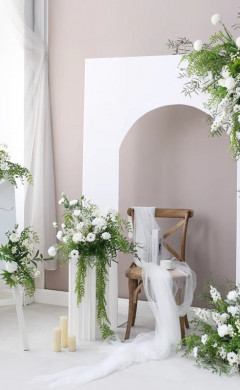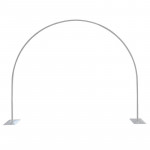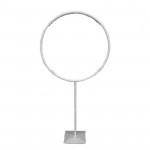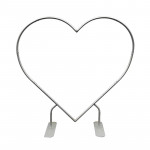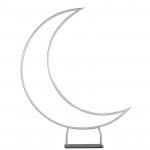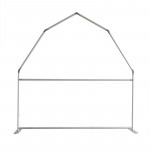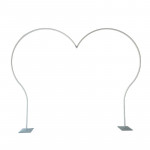Wedding Dress Sizes: 5 Things To Know
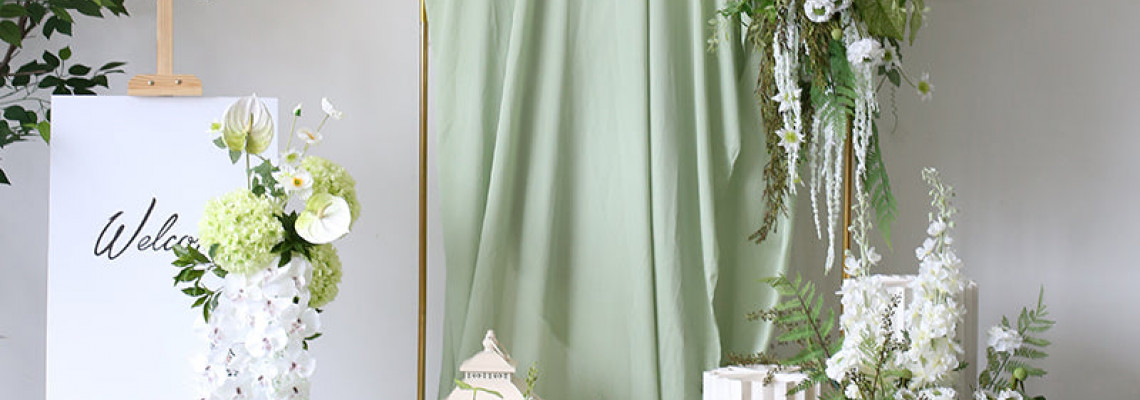
Wedding Dress Sizes: 5 Things To Know
Searching for and discovering your ideal wedding gown should be enchanting and uplifting. But wedding dress sizes aren't usually the same. Bridal sizing differs significantly from regular clothing sizing, as you have already discovered if you have tried on a few gowns previously. And to avoid being caught off guard later, you should learn how to try on bridal gowns now if you haven't already. Our friend Hannah, who owns Bridal Maven, explains to every soon-to-be bride who enters her store that wedding dress sizing is not based on reality. When trying on wedding dresses, many brides get disheartened and feel awful about themselves only because the size they are measuring for or the number on the tag is usually much more significant than what they are used to. In her guest post today, Hannah explains why that is the case and what bridal sizing considerations should be made while shopping for a wedding dress.
1.) Trying on a wedding dress is like travelling back in time.
The size guidelines for wedding dresses are based on those created when the ready-to-wear apparel industry started. Women were supposed to manufacture their own and their families' clothing before they started working after World War II. Standard sizes weren't required. The Works Progress Administration conducted a voluntary nationwide study of women's measurements at the request of new mail-order apparel shops such as Sears. Most of the study's participants were white women from the working class. The measurements of women of color were methodically eliminated from the study.
Additionally, the military contributed data from relatively fit women in the Army. Even if the data was biased toward smaller bodies during the period, "standard" size charts were produced using the data. Although changes were made throughout time, "size standards" were formally dropped forty years ago to allow retail to develop into the brand-for-brand sizing war that exists today.
I asked friends who are independent bridal designers about our current bridal size charts since I'm wondering why we haven't performed better in the 2020s. Assuming an hourglass form, most are taught to draft, drape, pattern, and sew for the size 6 model. Even when launching new brands, they utilize the large brand size charts as a guide for patterning. Incorporating inclusion into technical design courses, which would provide designers with the knowledge and abilities to create for various body shapes and sizes, has been a long process for fashion schools. We will continue to deal with the impact of these antiquated guidelines on wedding dress sizing until the training of upcoming designers and established businesses catches up with the times.
2.) Wedding dress sizes are inconsistent from designer to designer.
Like jeans, isn't that right? Every design label creates a unique chart. For instance, the Maggie Sottero size chart is nearly a whole size larger than the Stella York size chart.
3.) You will probably measure different sizes in your bust, waist, and hips.
The bust, waist, and hip are the three measures that are central to all wedding dress size charts. The following definitions are provided:
Bust
The largest measurement of your body is around your bust. Keep in mind that this is not the size of your bra band.
Waist
Where your midsection is narrowest. If you don't have a noticeable waist or aren't sure where your narrowest area is, try bending from side to side to find the creases in your body. Your waist is there.
Hip
The most significant portion of your butt or hips. Each of us carries weight in our belly in a unique way. Some people have curvy hips that are the widest above the butt, while others will be the fullest around the butt. The highest number you obtain in either location is what you desire for a good fit.
Depending on your unique features, it is VERY COMMON to be varied or "split" in size across these three dimensions.
4.) The silhouette of the dress may determine the size needed.
Along with your measurements, you should also evaluate the gown's fit when deciding which size to order or which gown will fit you off the rack. For instance, let's assume your hip size is 12, your waist size is 6, and your breast size is 8. If the hip is free in an A-line or ball gown skirt, you might order a size eight dress and have the waist tailored. Hip measurements are irrelevant for this style of silhouette. Alternatively, you must request a size 12 fit-to-flare or mermaid style to customize the top to meet the hip measurement. Both the dress's cut and your measurements will determine the gown size you need.
5.) You will need alterations no matter what size you are or how your measurements line up.
The "initial fit" of the gown is how it fits you when you first buy it. To get their selected gown to fit them perfectly, 99% of soon-to-be-married couples must make adjustments. Changes are expected, not unusual, so you should budget and prepare for them. At this point, the actual art and magic of gown fitting begins.
BONUS: 6.) You are more than a number on a tag!
Regarding wedding dress sizing, the tag's number is the most crucial thing to remember. A size chart's limited classification of your bust, waist, and hip dimensions cannot tell you who you are any more than an iPhone camera can tell you how bright the moon is. The human body is incredibly varied in terms of proportions and size. Just a neutral piece of information, size guides the initial fitting stage. If the dress fits you well, you feel confident, you are at ease, you love the style, and you love how you feel wearing it, you will look fantastic. Thus, don't let size get in your way when looking for your ideal wedding gown; find the design that makes you feel your best.
